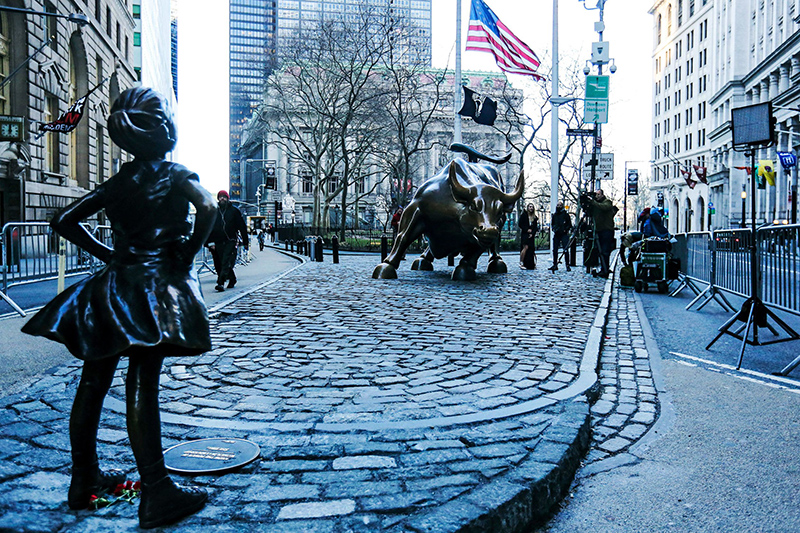
William Volcov/Brazil Photo Press/LatinContent/Getty Images
We are, said David Leonhardt in a recent New York Times oped, measuring the economy all wrong. Leonhart argued—forcefully and well—that GDP should be revised to produce a more realistic picture of our national economic environment. I agree with him that “the trouble is that a handful of statistics dominate the public conversation about the economy despite the fact they provide a misleading portrait of people’s lives. Even worse, the statistics have become more misleading over time.” But there was something, even in the idea of revisionary accounting (“It’s time for measures that do a better job of capturing the realities of modern American life”), that felt frustrating and incomplete. Leonhardt wrote “Crises have often highlighted the need for new measures of human well-being,” but didn’t suggest a really different approach to capturing our national quality of life. I wished he would have.
The piece reminded me of how Oscar Wilde once defined a cynic as a person who knows “the price of everything and the value of nothing.” Am I straying too far afield by bringing “value” and GDP together? The OED defines GDP as “The total value of goods produced and services provided in a country during one year.”
I don’t find Leonhardt cynical, but an exclusively by-the-numbers approach can be used in a number of cynical ways. Value is a qualitative thing, and it will never be completely captured by a dashboard or spreadsheet. This is the sort of thing that the citizens of the innovation and design worlds understand. When AI ethicist John C. Havens writes in his latest book, Heartificial Intelligence: Embracing Our Humanity to Maximize Machines, that “the GDP was adopted as a set of standardized values everyone in the world agreed were the most important to measure,” he adds, sharply: “Unfortunately, these values focused largely on metrics regarding income and growth while ignoring other issues of well-being and social justice.”
So how might we take a holistic approach to the public conversation about national economic health?
First, we need to think of GDP not as the final word on our financial status but as a sort of national bank statement. Yes, the data is useful and important, and should be recalibrated as Leonhardt suggest, but it certainly shouldn’t be the only factor that determines our well-being. We need to put it GDP in its place, which is to say: in context.
The trick here is to diversify. We shouldn’t rely solely on big data but should bring small- and mid-sized data, qualitative data, into the mix. There is, in the mixed marriage of quantity and quality, an opportunity to create a better model and a stronger sense of understanding. Which is to say: the more holistic your indicators are, the truer your assessment will be.
Second, we must come up with some other areas of economic focus and zoom in on them. The World Economic Forum suggests that we consider good jobs (some might say excellent jobs), wellbeing, environment, fairness, and health. Another good model is the government of Bhutan’s Gross National Happiness index. Our list here is far from complete, but it establishes the general parameters. We must bring such essentially human topics into the economic health conversation, if it’s going to be an honest and more comprehensive discussion.
Third, it would be a good idea to bring in some principles from the design world and use ethnographic research to get a more granular idea of what is actually happening in the economy. You can learn a lot by observing small groups, carefully and closely, in their authentic contexts. When the government and citizens act as partners, we can design much better policies. Lincoln understood this when he talked about a government “of the people, for the people, by the people.” You can see this kind of civic do-design in EPAM Continuum’s work with the Boston Planning & Development Agency, as well as initiatives such as the NYC Opportunity Service Design Studio, which harmonizes the authentic voice of people into government with both quantitative means (surveys and voting) and qualitative means (their thoughts, feelings, and opinions gathered via in-context research).
Of course, moving to a more multi-dimensional economic understanding will involve considerable amounts time, and the shifting of many a mindset, as the GDP model is extremely entrenched in our culture. The first part, the easy part, is seeing the wide world beyond GDP. After that, we can have a better conversation about our economy. What do you—yes, you—say?
